Original: Bankless
The bottom layer of the blockchain is not for people - it's for bots and blockchains. This is a harsh truth some of us need to accept.
The Ethereum main chain is not suitable for users, but it is suitable for various chains.
The faster the community accepts this fact, the healthier we will be.
We've been talking for a while. High value transactions will always crowd out low value transactions at the base layer.
This is why Ethereum gas costs are high. This is why Ethereum is transitioning to a modular architecture. Monolithic chains cannot scale.
Instead, we will live in a modular world - a world made up of many chains. A world where hundreds of chains on Layer 2 land on Ethereum. Layer 2 is where we trade, lend, borrow, collect, exchange and live.
We will have cheap, instant, scalable transactions around the world without compromising decentralization and security.
Today, we have Layer2 such as Optimism, Arbitrum, Polygon, Starkware, ZkSync, etc. The problem is that these Layer 2 assets are isolated and fragmented today!
This is where cross-chain bridges come in.
Cross-chain bridges can help you move tokens between chains.
how to jump between chains
1
how to jump between chains
Ethereum has always been "monolithic". In other words, the Ethereum network previously centered on providing its own data, security, and transaction guarantees.
Now, the leading smart contract platform is ushering in the "modular" era. This new paradigm allows Ethereum to do what it does best — optimize for decentralization and security — while relying on external execution environments like rollups and sidechains to provide affordable and fast transactions.
That said, Ethereum's nascent Layer 2 (L2) ecosystem is relatively fragmented due to the influx of funds into these new chains to varying degrees. For this reason, the emergence of the cross-chain bridge protocol makes the movement of cross-chain funds simple and fast. The strategies in this article will show you how to jump through three of the most promising cross-chain bridge projects available today.
Objective: Learn how to use Hop, Connext and Across
Skills: Simple
Time taken: 1 hour of research
ROI: Multi-chain bridging experience
2
Basic knowledge of cross-chain bridge protocol
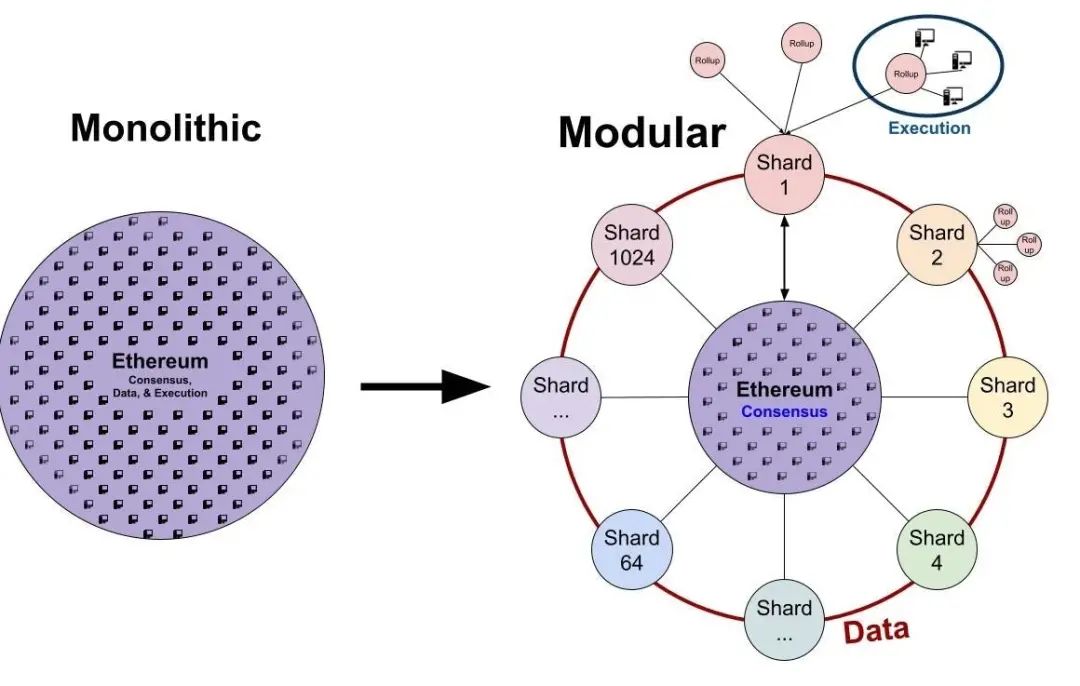
With Ethereum's roadmap transitioning to proof-of-stake (PoS), sharding, and L2, the future of Ethereum will be hyper-scalable.
These are uniquely complementary technologies that position Ethereum to facilitate a great deal of mainstream activity for decades to come.
Therefore, we can look ahead and reliably assume that many L2s will be implemented over time. Looking at all the ones we've had, even though the scene is still young, it's enough to get an idea of where things are headed.
However, the operative word in my last sentence is "young". The L2 ecosystem still has a lot to do. The good news, though, is that considerable progress has been made on all fronts. One of these frontiers is the bridge protocol.
In short, a so-called bridge protocol is a project that simplifies cross-chain activities. Such a project could easily facilitate L1-to-L2, L2-to-L2, and L2-to-L1 transactions across multiple blockchain networks.
This emerging infrastructure heralds the beginning of the modular era and will go a long way towards creating seamless cross-chain liquidity. For today's strategy, we'll specifically dive into three examples of how this novel infrastructure is being used: Hop Exchange, Connext's Nxtp, and Across Protocol.
Hop Exchange
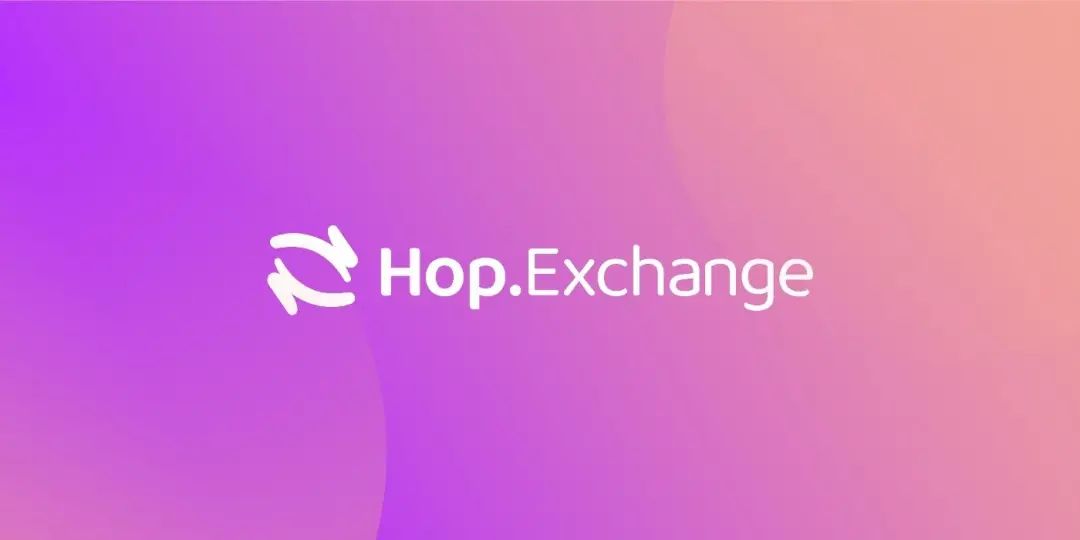
What it is: Hop Protocol is a Rollup token bridge, and Hop Exchange is a front-end application built on this bridge system.
secondary title
How to use Hop?
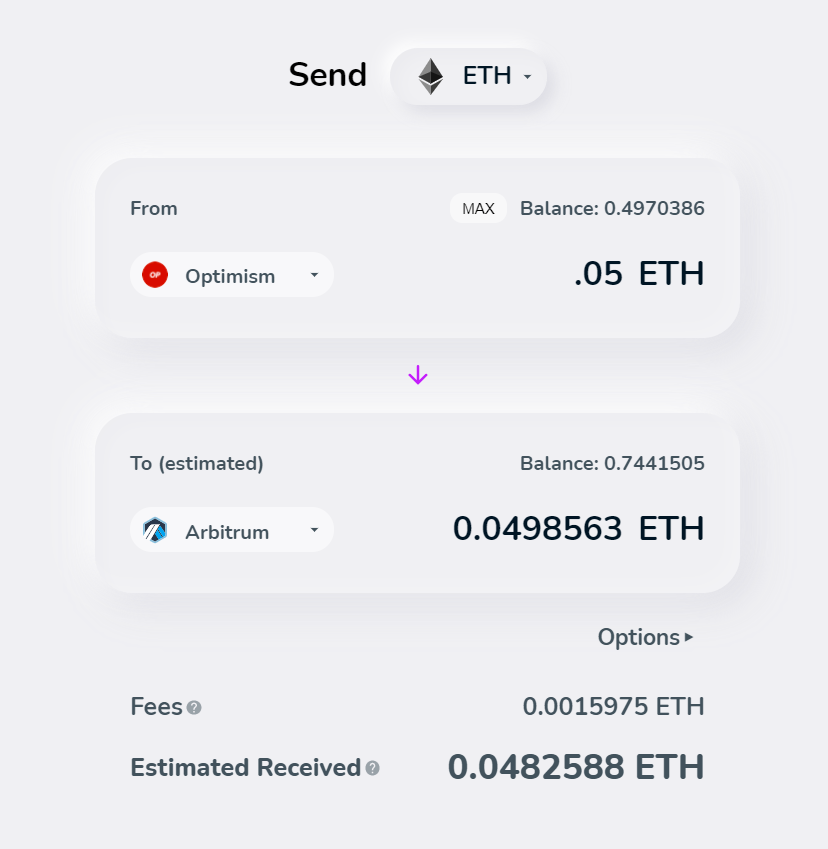
Go to the "Send" dashboard of the Hop Exchange.
Connect your wallet.
Select the assets and quantities you want to send. Currently supports ETH, DAI, USDC, USDT and MATIC.
Select the network to send to and the network to send to. Ethereum, Arbitrum, Optimism, Polygon, and xDai are currently supported.
Press "approve" and complete the approval transaction with your wallet to give Hop access to your funds.
Next press "send". If you have not switched to the appropriate network, your wallet will prompt you to switch. Then complete the send transaction and within minutes your money should be on the destination chain!
Notably, the system allows users to bypass the 7-day withdrawal period faced by earlier Optimistic Rollups. Also, remember that if you want to earn fees as a Hop LP, you can provide liquidity through the Pool dashboard!
Nxtp by Connext

What it is: Connext is an interoperability protocol whose team built Nxtp, a system tailored for cross-chain transfers.
secondary title
How to use Nxtp
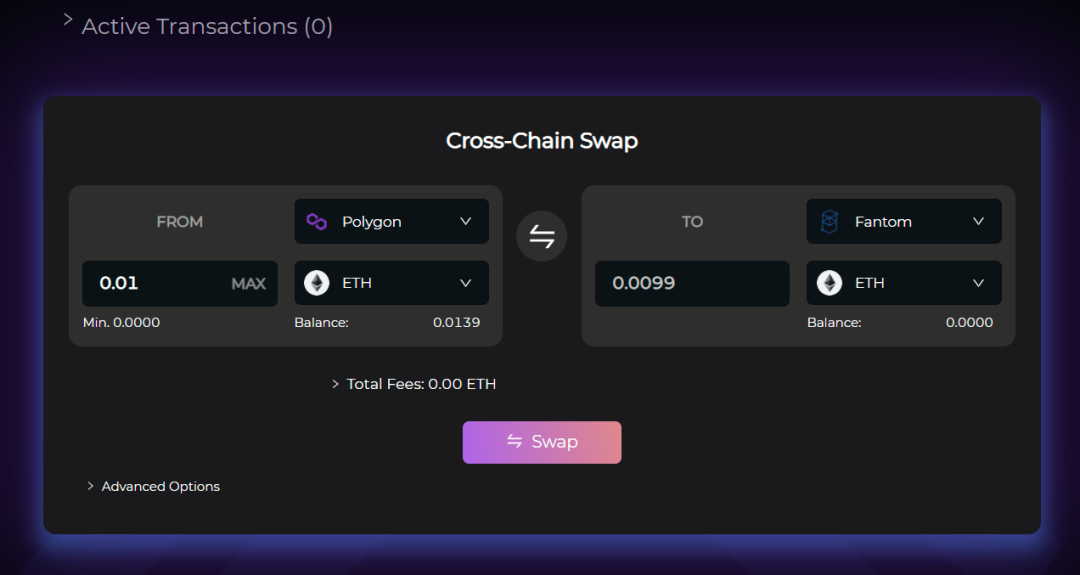
The main way to use Nxtp at the moment is to use the third-party front end on xpollinate.io. Go there and connect your wallet.
Next, if necessary, use your wallet to connect to the network you want to send funds from. Nxtp currently supports Ethereum, Arbitrum, Optimism, Polygon, xDai, Fantom, BSC, Moonriver, and Avalanche.
Enter the chain you want to send, the asset of your choice, the amount you want to send and the target chain.
Complete the Approve transaction for xPollinate to use your funds and follow up on your Send transaction. After a while, you will receive your money on the target chain.
Across Protocol

What it is: Across Protocol is a new L2-L2 bridge protocol. Currently, the project supports Arbitrum-Ethereum transactions.
secondary title
How to use Across
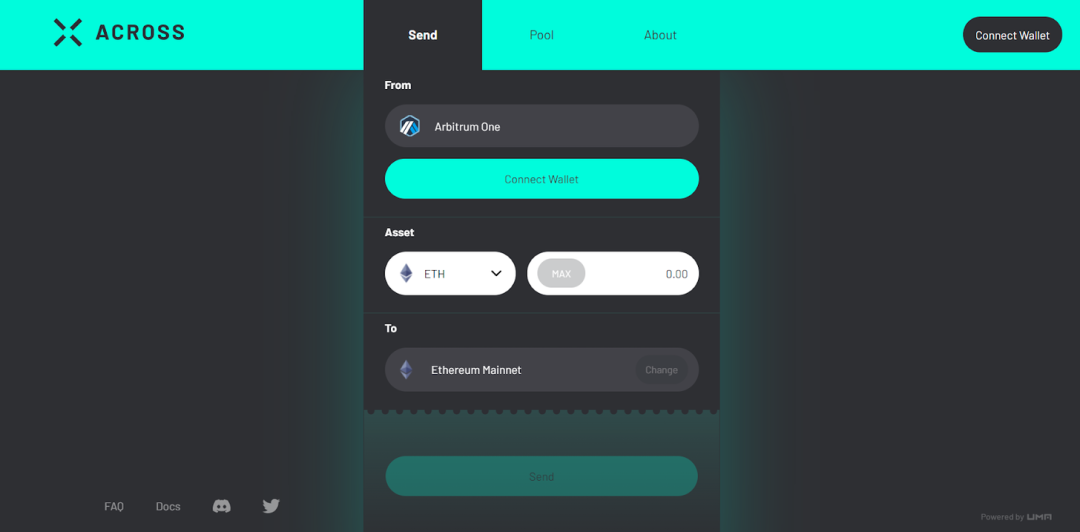
Navigate to cross.to, connect your wallet, and switch to the Arbitrum network if needed.
Enter the asset you want to send and the quantity. ETH, WETH, USDC and UMA are currently supported.
text
There is another one: Li.Finance
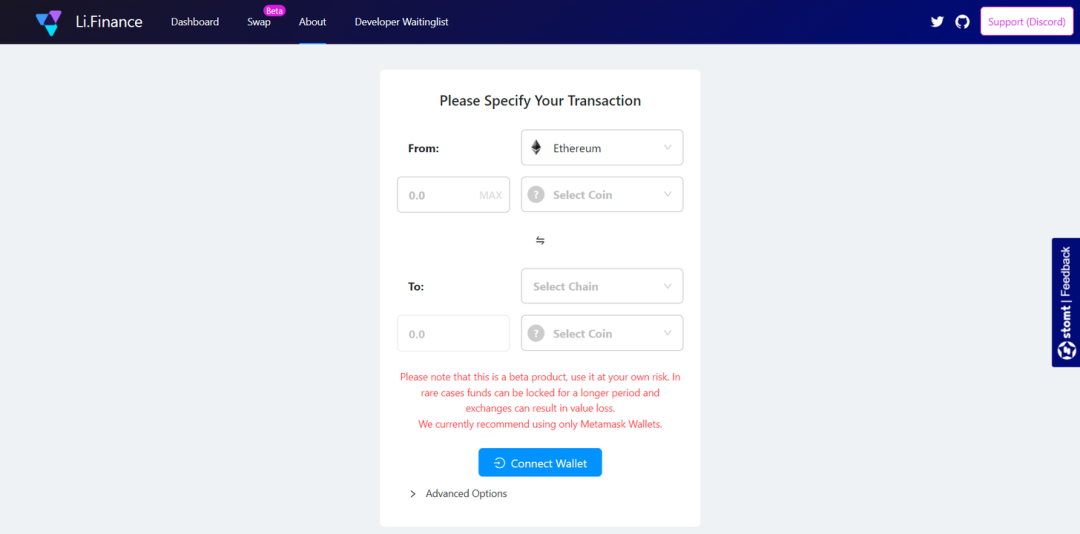
Getting involved in the cross-chain bridge business? Then another project you should pay attention to is Li.Finance.
in conclusion
3
in conclusion
L2 is the future of Ethereum-based transactions. As more L2s arrive, bridge protocols will prove increasingly important to fostering a great user experience in Ethereum's scaling ecosystem.
Also, Hop, Connext and Across are the first promising bridge projects, but they won't be the last.
This article comes from Tao of Yuan Universe, reproduced with authorization.
This article comes from Tao of Yuan Universe, reproduced with authorization.